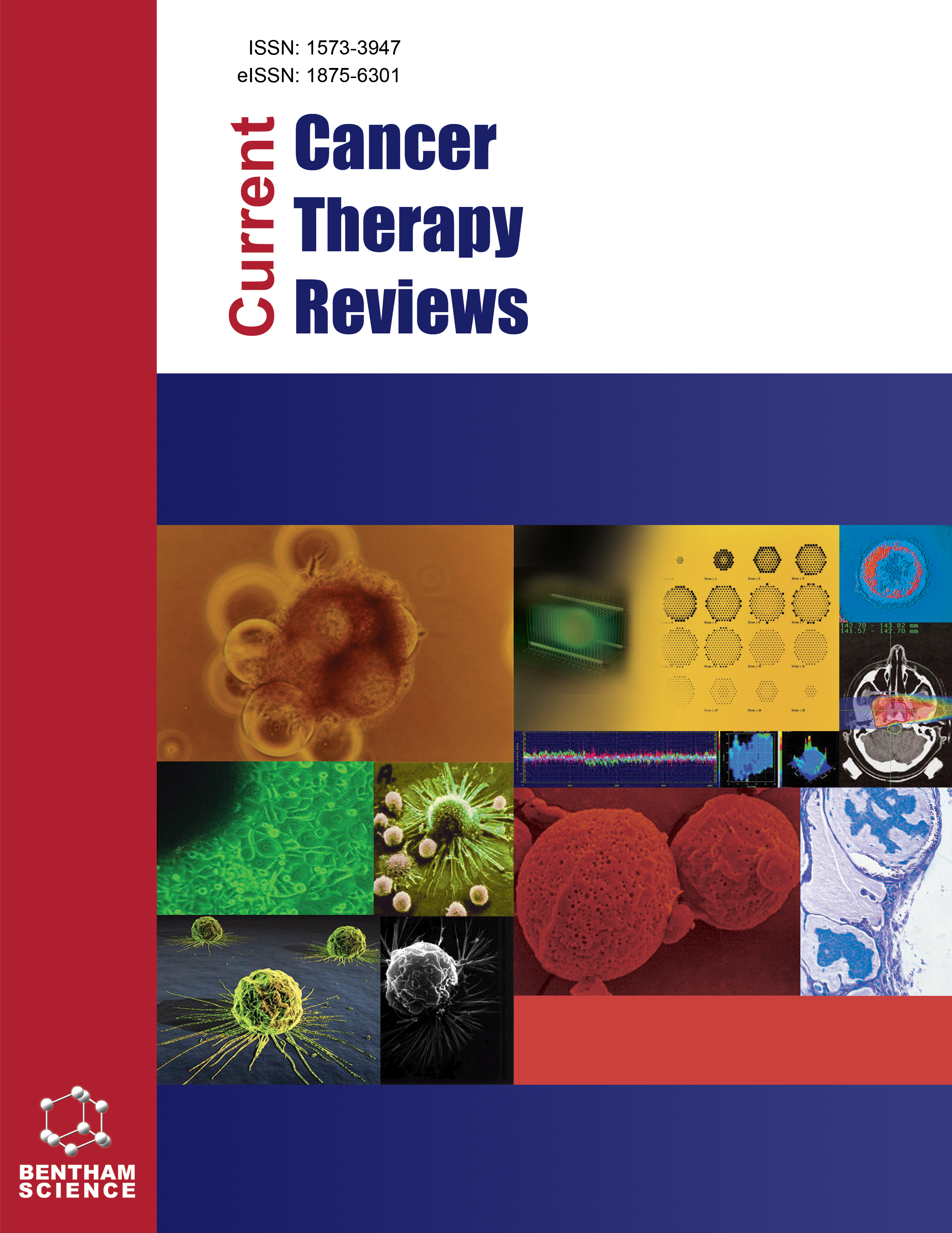
Full text loading...
We use cookies to track usage and preferences.I Understand
Flavonoids, one of the major bioactive constituents of herbal drugs, have been scientifically reported to possess diverse therapeutic potentials such as anticancer, immunomodulatory, neuroprotective, cardioprotective, antioxidant, etc. This manuscript enlightens the anticancer potential of traditional herbal flavonoids in gynecological cancer i.e., is one of the major life-threats in women.
This manuscript is aimed at an insightful compilation of scientific substantiations of herbal flavonoids in gynecological cancer along with targeted drug delivery systems for the same.
The contents and data represented in the article have been reviewed using institutional libraries and online database resources (available in the public domain) such as PubMed, Science-Direct, Web of Science, American Association of Pharmaceutical Scientists, Google Scholar, Hinari, SciFinder, Research Gate, etc.
Flavonoids are natural compounds and have potential against cervical, ovarian, and endometrial cancer. In-vitro and in-vivo experiments have demonstrated the significant potential of flavonoids in gynecological cancer, especially cervical, ovarian, and endometrial cancer. It was reported from in-vitro experimentations that targeted drug delivery system improves the anticancer effect of flavonoids.
Phytoflavonoids have the potential to prevent gynecological cancer by induction of apoptosis cell cycle arrest and reactive oxygen species generation. Further studies on the drug delivery system of flavonoids are warranted.

Article metrics loading...

Full text loading...
References


Data & Media loading...

